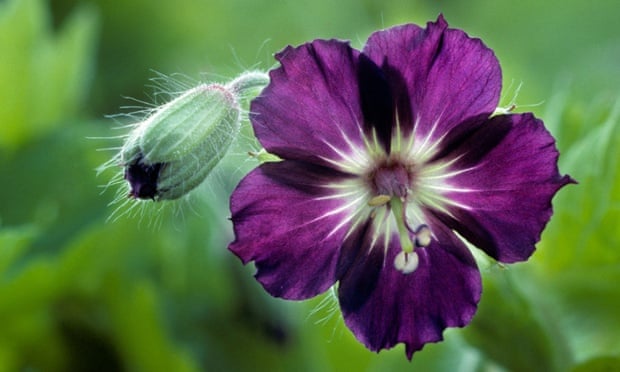It was several more years before I came to meet Erythronium dens-canis in the wild. It was a June trip and my first plant-hunting venture in the Picos de Europa in northern Spain, aged 19. I had no idea that you could see summer astrantia in the morning and narcissus in the afternoon through making the ascent. We moved through nut woodland, where moody mourning widow combined with Lilium martagon, and through orchid-filled meadows mounded with wild peas. Gaining altitude, we saw the turf shorten and the season move backwards as we approached snowmelt. It was here that I found the very same erythronium. Once again they were alone and ahead of the summer competition.
Seeing plants growing in the wild takes some of the mystery away from how to grow them. The mountainside erythroniums had all the water and light they would need while they flowered, seeded and retreated below ground again before the slopes dried in their dormancy. Our domesticated dog’s tooth violets had survived there in the moss, with spring moisture and light while the liquidambar was dormant.
I’m guessing our hearty soil and lush grass will overwhelm them at the farm, but the dog’s tooths are not difficult bulbs as long as they do not have too much competition. Winkling them into the beds among later-emerging perennials, such as peony, is the best bet. I will also try some of the other species. Plants adapt in the wild by evolving their genus – and we can use this to our advantage.

Erythronium californicum ‘White Beauty’ s smaller in stature, with marbled foliage and ivory flowers. I like to mingle them through a low carpet of wild strawberries and for the carpet to sweep among epimedium, which enjoys the same conditions. If you find them a place that they like and where they can be left alone, you may well be planting them for future generations.